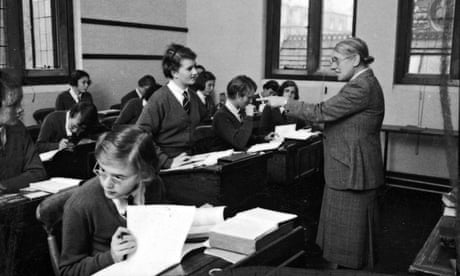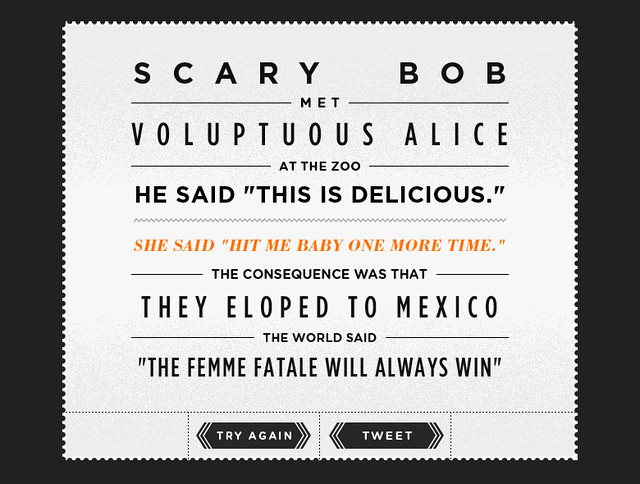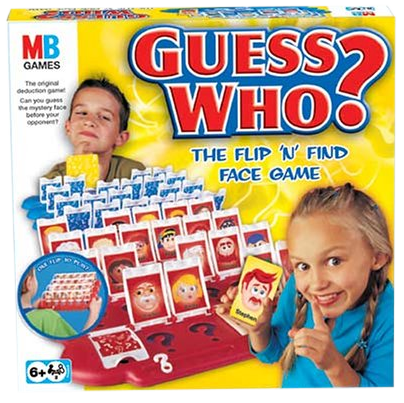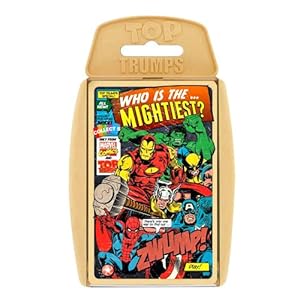 It used to be commonplace for teachers to ask pupils to self-assess at the end of lessons using a thumb up or a thumb down (and occasionally a thumb neither up nor down). Thumb up indicated success or "I managed that comfortably" or "I understood everything". Thumb down indicated failure or "That was really hard" or "I didn't get it".
It used to be commonplace for teachers to ask pupils to self-assess at the end of lessons using a thumb up or a thumb down (and occasionally a thumb neither up nor down). Thumb up indicated success or "I managed that comfortably" or "I understood everything". Thumb down indicated failure or "That was really hard" or "I didn't get it". There are problems with this. Let's for a moment assume that it works, that it's an accurate way for pupils to communicate self-assessment judgements. Which group of pupils will tend to raise their thumbs at the end of the lesson? And which group will tend to lower theirs? It's not rocket science. As an assessment tool it won't tell you anything you don't already know.
Actually, in practice, few pupils will want to be "the one that didn't get it", so a pupil who has struggled may put his or her thumb up (along with everyone else) to indicate success. Essentially, as an assessment method it's unreliable. (You could ask pupils to close their eyes and then raise or lower their thumbs - do you really think that's going to work?)
And this goes for any simple self-assessment system - traffic lights spring to mind as a similarly ineffective strategy. The principle of asking pupils to make judgements about their own progress is a very sound one, but a short cut like this won't hack it.
However, you could try using thumbs up/down differently. Try asking pupils at the end of the lesson how challenging they found the lesson. Thumbs up for challenging, thumbs down for unchallenging. Why? Because you want your lessons to be challenging. Challenging is good. Challenging drives pupil progress. Challenging demonstrates that you have high expectations.
And what will happen? Pupils will need to get used to it (because they've spent so long getting used to thumbs up meaning easy), so it'll cause some confusion initially. But then, once it's established, you'll have an useful pupil-centred evaluation tool. What you want is for all pupils to put their thumbs up to indicate that they've been challenged. Are all pupils in all of your lessons challenged?















